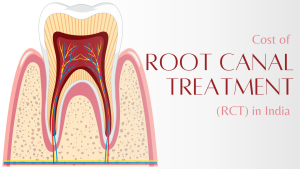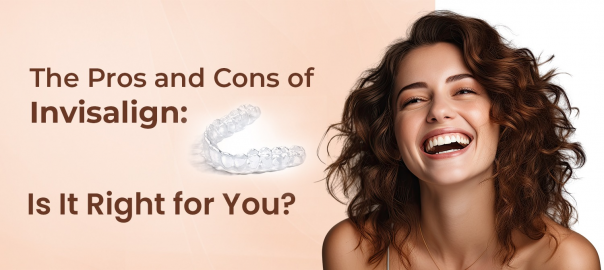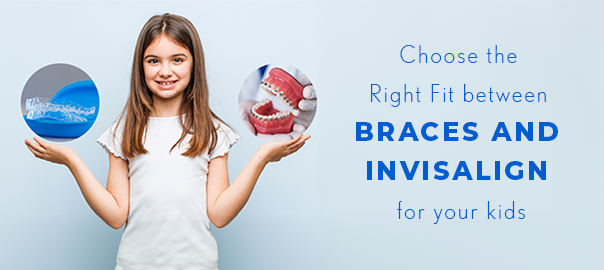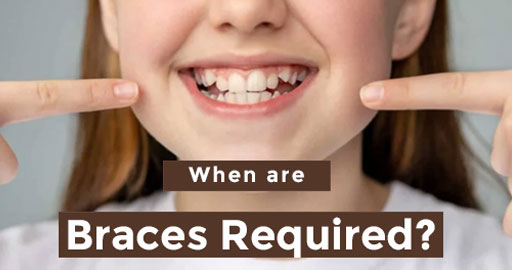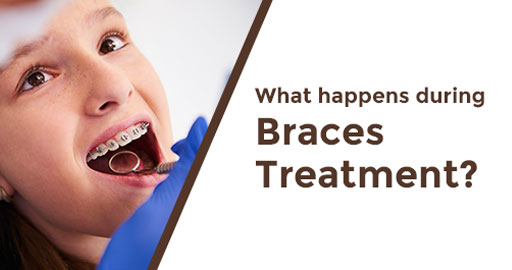
Ask an Orthodontist!
Welcome to our orthodontic corner, where we help answer your questions about braces and aligners! Getting your perfectly bright smile could be easy if you only understand how these two ways function in orthodontic treatment. We shall make a basic overview of the commonly arising questions. Are you ready to unlock secrets for a brighter smile? Let’s get started!
Common Questions/Queries Raised for Aligners and Braces
1. What are aligners, and how do they operate?
The aligners work by using a series of individually tailored, clear plastic trays whose running one after another applications creates gradually applied forces to the teeth to move them into different positions. As opposed to braces, which are quite visible, aligners are almost invisible and can be removed at will.
2. What is the difference between traditional braces and modern-day aligners?
Traditional braces work by utilizing metal brackets and wires that push teeth into place. On the other hand, aligners are made from a smooth, clear plastic material that is both comfortable and discreet.
3. When should someone consider orthodontic treatment?
Any person at any age can have orthodontic treatment. Nevertheless, the best time for this kind of treatment is usually during adolescence. At this time, bones are still growing and relatively more pliable. That being said, even adults can benefit from orthodontic treatments.
How do Aligners Work?
1. How are aligners customized for each patient?
The aligners are used only after the teeth have been scanned in 3-D. A digital treatment plan is created and the individual aligners designed to make the teeth move in increments.
2. What is the Treatment Process with Aligners?
Each set of aligners is worn for approximately two weeks, after which time the teeth are seen to move. It is of essence to have frequent visits to the orthodontist to monitor the progress made during the course of the treatment.
3. Do aligners fix all dental problems?
While aligners can correct many things, serious dental problems may still require traditional braces as these can give better control over the movement of teeth.
Braces: Types and Parts
1. How many types of braces exist?
These will include the traditional metal braces and ceramic braces that more or less blend with the teeth, placed at the back of the teeth. Of the available means to different ends, each has its advantages, and the choice will be dependent on the preference and needs of the patients.
2. How do braces work in straightening up teeth?
Braces can work in straightening teeth by installing small brackets onto the teeth with bands. Braces work basically by applying pressure, moving teeth into desired space.
3. Would there be signs that will tell if early intervention is necessary?
Difficulty in chewing, thumb-sucking, or breathing through the mouth are some of the signs that may indicate a need for early orthodontic evaluation.
4. How long is the treatment for?
Treatments vary, but most cases last 1-3 years.
5. What are some of the advantages of going with aligners?
They’re virtually invisible. You can take them out while you eat and clean, and they’re usually less painful than traditional braces.
6. Will aligners in every case replace traditional braces?
Although aligners might be pointed out for a great deal of cases, in some traditional braces are more helpful for the right control.
7. How would you clean and take good care of the aligners?
They should be cleaned with a solution of a mild soap in the water, and before putting them back, brush and floss your teeth.
8. Special oral hygiene problems with braces?
Brackets and wires of braces collect food particles and therefore need special care during cleaning. Some special brushes and floss threaders may be necessary to keep good oral hygiene.
9. What are some of the most important things patients should know about diet and oral hygiene while undergoing treatment?
Those with braces need to keep away from sticky and hard foods, and regular check with the dentist is very important to help monitor the health of the mouth and teeth.
10. Do aligners and braces hurt when being adjusted?
Both braces and aligners can cause slight pains and discomforts in the early stages when the adjustments to the bite happen and the teeth react to the pressure exerted on them over time. This discomfort will only be felt for an extremely short period and can easily be controlled with over-the-counter pain relief.
11. How intrusive into the patient’s life is the treatment?
Things like the diet of the patient and habits like nail biting or chewing a pen need to be kept under keen eye. Besides these, the patient has to regularly pay a visit for orthodontic adjustments.
12. What are retainers and why are they required to be used after orthodontic treatment?
Retainers keep the teeth in their new position and prevent them from going back.
13. How long and how often should the retainers be worn?
The duration of time and frequency varies but usually full-time wear is recommended initially then gradually tapered down to night time.
14. What happens if a patient does not wear his/her retainer?
Unless the retainers are used permanently on a regular basis, there are chances for teeth relapsing into their earlier positions. The patient needs to follow instructions given by the orthodontist regarding the long-term use of a retainer.
Conclusion:
Remember that a perfect smile is a journey, and we, as an orthodontic team, can help you with every step. If there is anything else you would like to know, please do ask us. Clove Dental has the best options in Braces and Aligners for you to choose.
Dr. Nayanika Batra
Leave a Reply
Leave a Reply
POPULAR POST







